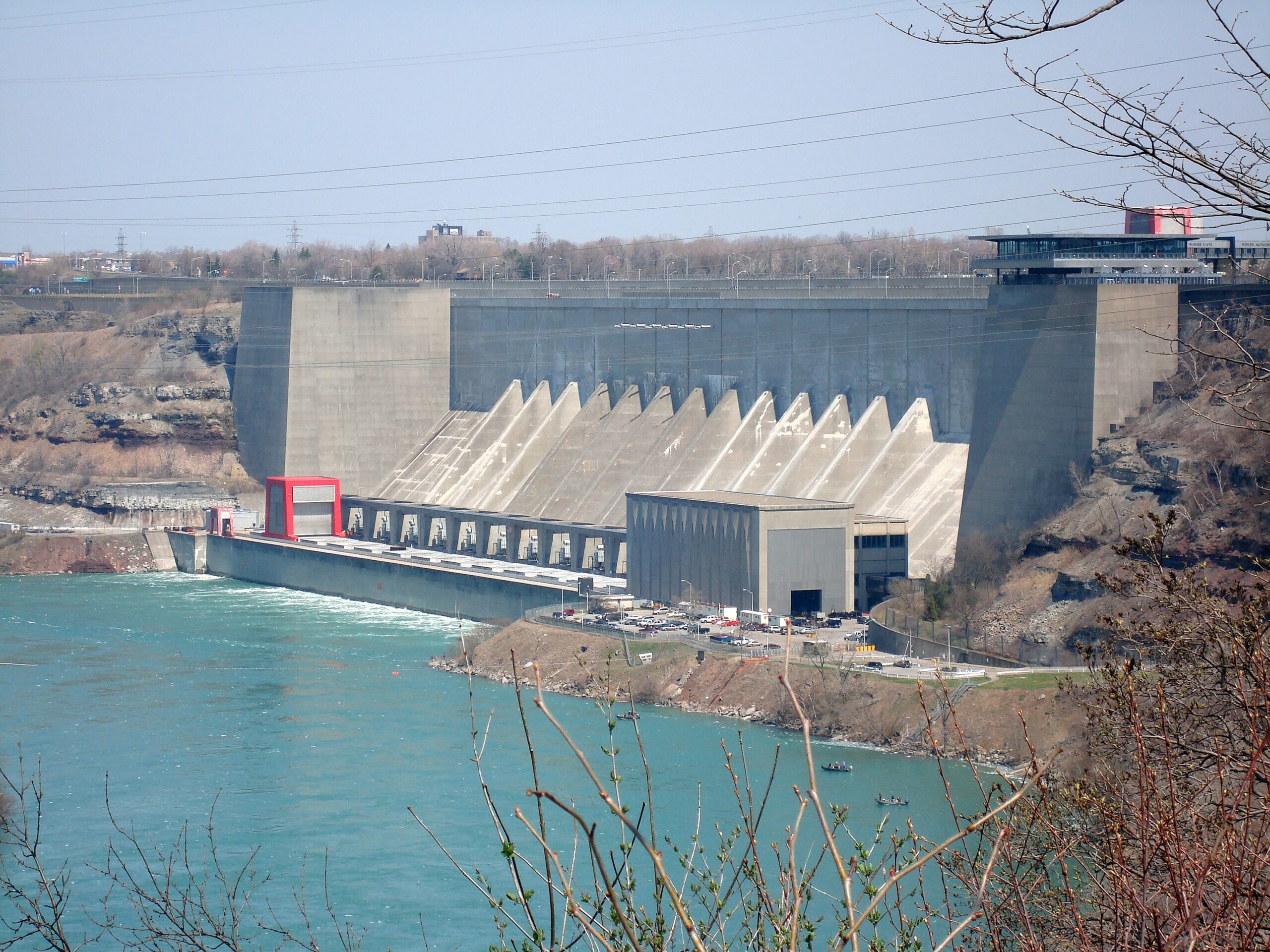“Disaster Strikes: Water Leak Destroys Major Niagara Hydroelectric Plant…Claims Many Lives
Disaster Strikes: Water Leak Destroys Major Niagara Hydroelectric Plant…Claims Many Lives
On a seemingly ordinary summer afternoon in June 1956, the banks of the mighty Niagara River witnessed one of the most devastating industrial disasters in its history. The Schoellkopf Power Plant, once hailed as a marvel of engineering and one of the largest hydroelectric facilities in North America, met a sudden and tragic end. A water leak, initially perceived as minor, swiftly turned catastrophic, destroying the plant within minutes and claiming the lives of workers who were caught in the chaos.
A Marvel at the Edge of the Falls
The Schoellkopf Power Station was no ordinary facility. Built at the beginning of the 20th century, it was an essential part of the region’s economic and industrial identity. It provided electricity to thousands of homes, factories, and businesses, fueling the growth of both the United States and Canadian sides of Niagara.
Constructed into the gorge wall of the river, the plant’s unique architecture utilized the immense power of the Niagara River’s flow to drive its generators. By the 1950s, it stood as a symbol of human ingenuity conquering nature’s might—until nature struck back.
The First Signs of Trouble
The morning of June 7, 1956, began without incident. Plant workers, most of them seasoned engineers and laborers, went about their daily routines. However, around midday, several workers noticed a troubling sign: water seeping into the back wall of the plant’s powerhouse. Initially, it seemed manageable—a minor leak that maintenance could contain.
But the situation escalated with alarming speed. The water, finding its way through natural fissures and weaknesses in the rock face, increased in volume. Within hours, the seepage turned into a torrent, undermining the very foundation upon which the powerhouse rested.
Supervisors quickly ordered an evacuation. Workers abandoned their posts and raced to safety, scrambling up emergency stairways and ladders as the sound of cracking rock echoed through the gorge. For some, however, time was tragically too short.
The Collapse
At approximately 5:00 p.m., the worst fears became reality. With a deafening roar, large sections of the plant’s structure collapsed, crumbling into the river below. Entire walls of brick, steel, and concrete cascaded down the cliffside, sending plumes of dust and debris into the air. Transformers exploded, severed power lines sparked, and machinery was hurled into the turbulent waters.
Eyewitnesses described the scene as apocalyptic. From nearby observation points, tourists and townspeople watched helplessly as one of Niagara’s proudest achievements was obliterated before their eyes.
Despite the frantic evacuation efforts, the disaster still claimed several lives. Some workers, trapped by falling debris or unable to escape in time, perished in the collapse. The exact number remains uncertain even today, but each loss was a heartbreaking blow to the close-knit community.
Aftermath and Investigation
In the days that followed, the true scale of the devastation became apparent. Where once stood a thriving power plant now remained only ruins—a twisted mass of steel submerged in the river and broken rock scattered along the riverbank.
Investigators determined that the disaster was caused primarily by long-term water infiltration into the bedrock behind the plant’s retaining walls. Decades of pressure and erosion, combined with design flaws and the natural instability of the gorge wall, had created a perfect storm for collapse.
The Schoellkopf Disaster also exposed vulnerabilities in hydroelectric engineering that had been largely overlooked during the rapid industrial expansion of the early 1900s. It prompted new safety regulations and more rigorous geological assessments for future hydroelectric projects around the world.
The Human Cost
Beyond the economic losses—estimated in the tens of millions of dollars—the true cost was human. Families of the fallen workers mourned deeply. Many of those lost were husbands, fathers, and sons who had dedicated their lives to maintaining the lifeblood of Niagara’s energy industry.
Memorial services were held across the region, with thousands attending to honor the memories of the workers who perished. For the survivors, the trauma of that day would never fully fade. Some recounted vivid memories of narrow escapes, while others carried the guilt of being among the lucky few.
The community, however, rallied together in the spirit of resilience. Fundraisers were organized to support the victims’ families, and local businesses offered aid. Even in the face of profound sorrow, Niagara showed its unbreakable spirit.
A Turning Point for Niagara
The collapse of the Schoellkopf Power Plant marked the end of an era but also set the stage for a new chapter in Niagara’s hydroelectric story. The disaster hastened efforts to build more modern and safer facilities.
In the years following the collapse, the U.S. and Canadian governments collaborated on constructing the Robert Moses Niagara Power Plant and the Sir Adam Beck Hydroelectric Generating Stations, massive projects that continue to supply electricity to millions today.
Modern engineers learned invaluable lessons from Schoellkopf’s failure—lessons about respecting nature’s forces, prioritizing safety, and conducting thorough geological studies before construction.
Remembering the Fallen
Today, little remains of the original Schoellkopf Station. A few ruins still cling to the Niagara Gorge’s walls, serving as silent memorials to the lives lost and the fragility of human achievements.
Visitors can learn about the disaster at local museums and historical markers. Some parts of the old station are visible during tours of the Niagara Gorge, where guides recount the harrowing story to those willing to listen.
The Schoellkopf Power Plant disaster stands as both a tragedy and a lesson—a reminder that while human ambition can accomplish great things, nature always commands respect.
It is a story not just of collapse, but of courage, sacrifice, and ultimately, resilience.






